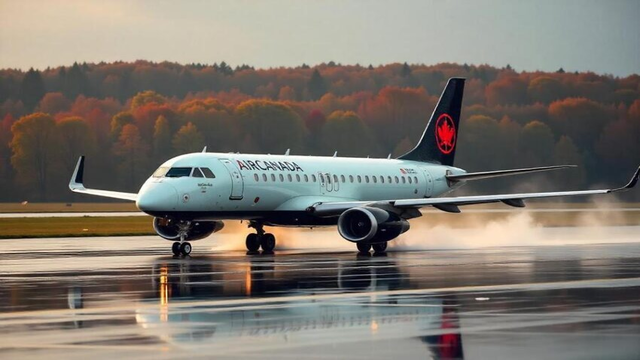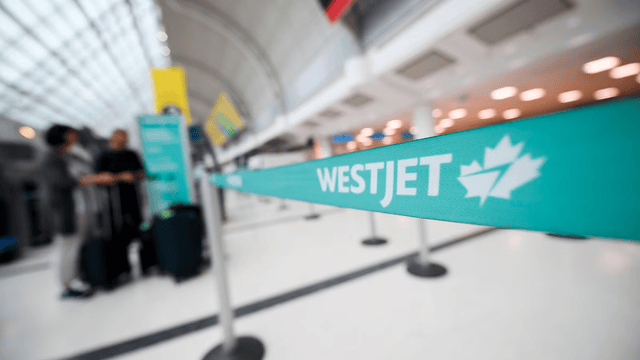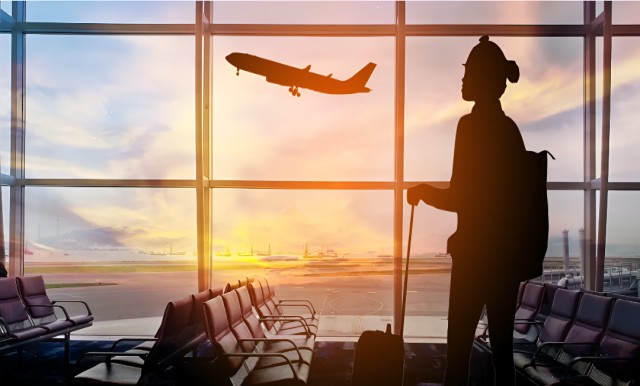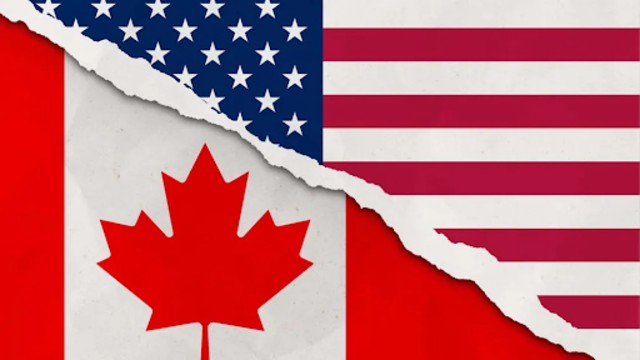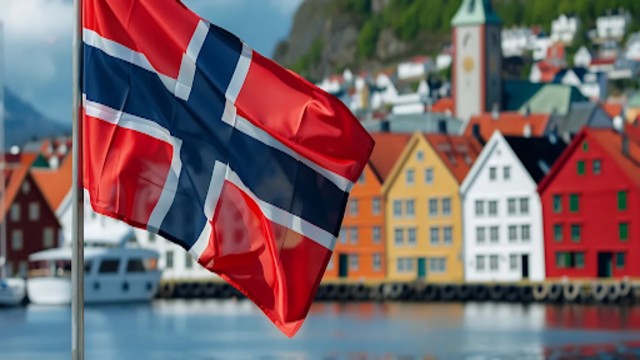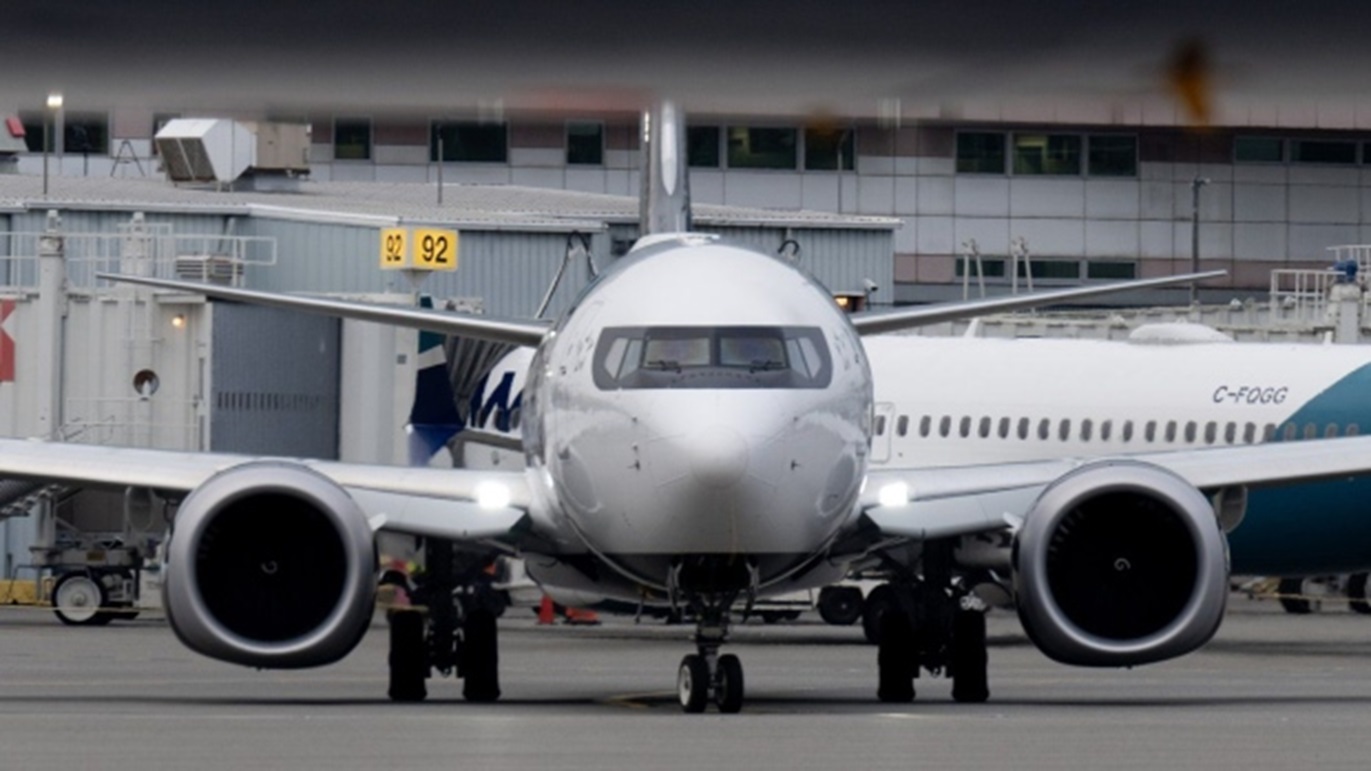
Airfares have taken a nosedive in the last year, with airlines boosting capacity despite consumers hesitating due to the rising cost of living. Pictured: An Air Canada jet taxi at Vancouver airport on Wednesday, November 15, 2023. THE CANADIAN PRESS/Adrian Wyld
According to recent data released by Statistics Canada, airfares in Canada have experienced a significant decline over the past year. The report, part of the consumer price index (CPI), revealed a 19.4% drop in the price of air transportation last month compared to October 2022. This decline follows a trend, with a roughly 21% year-over-year drop in September and a 20% decrease in August.
The decrease in airfares can be attributed to the aftermath of the post-pandemic surge in demand experienced last year, which surpassed the airlines' capacity to meet it, leading to elevated ticket prices. However, the travel sector has seen a notable recovery this year, with seat capacity among major Canadian carriers reaching 92% of 2019 levels, according to aviation data from Cirium.
Despite the rebound in the travel sector, consumers are reportedly becoming more cautious about their travel plans due to financial constraints and nearly two years of high inflation. Aviation analyst Helane Becker from TD Cowen highlighted an excess of capacity in certain markets, particularly in sun destinations and major routes between cities.
Experts note that although bookings for peak travel periods, such as American Thanksgiving, Christmas, and New Year's, are on the rise, there is a noticeable decline for off-peak periods as consumers scale back their travel plans. Observers attribute this trend to reduced disposable income amid increased costs across various aspects of daily life, including rent, mortgages, food, gas, and student loans.
According to Rick Erickson, an aviation consultant, the current economic landscape, marked by inflationary pressures, is contributing to a general domestic slowdown. He emphasized that travel tends to be one of the first discretionary expenses that individuals cut during such periods.
Despite the decline in airfares, ticket prices last month remained 4.6% higher than pre-COVID-19 levels. National Bank analyst Cameron Doerksen noted that while the CPI data for September indicated a normalization of airfares from the exceptionally strong 2022, pricing still exceeds pre-pandemic levels. The analyst also highlighted that the CPI index is more weighted toward domestic flights, where increased competition is expected to put downward pressure on fares.
Competition in the airline industry varies across different routes, with fiercer competition leading to lower fares on popular routes like Vancouver-Toronto and Calgary-Vancouver. However, regional routes may experience softer competition, particularly as major carriers like Air Canada and WestJet have reduced their regional presence, resulting in fewer competitors and flight options.
Flights across the Atlantic and Pacific Oceans continue to come at a premium, according to analysts, as flight volumes are still catching up with the demand in these markets. Overall, while airfares have seen a decline, various factors such as economic uncertainties and market competition continue to influence the pricing dynamics in the airline industry.


